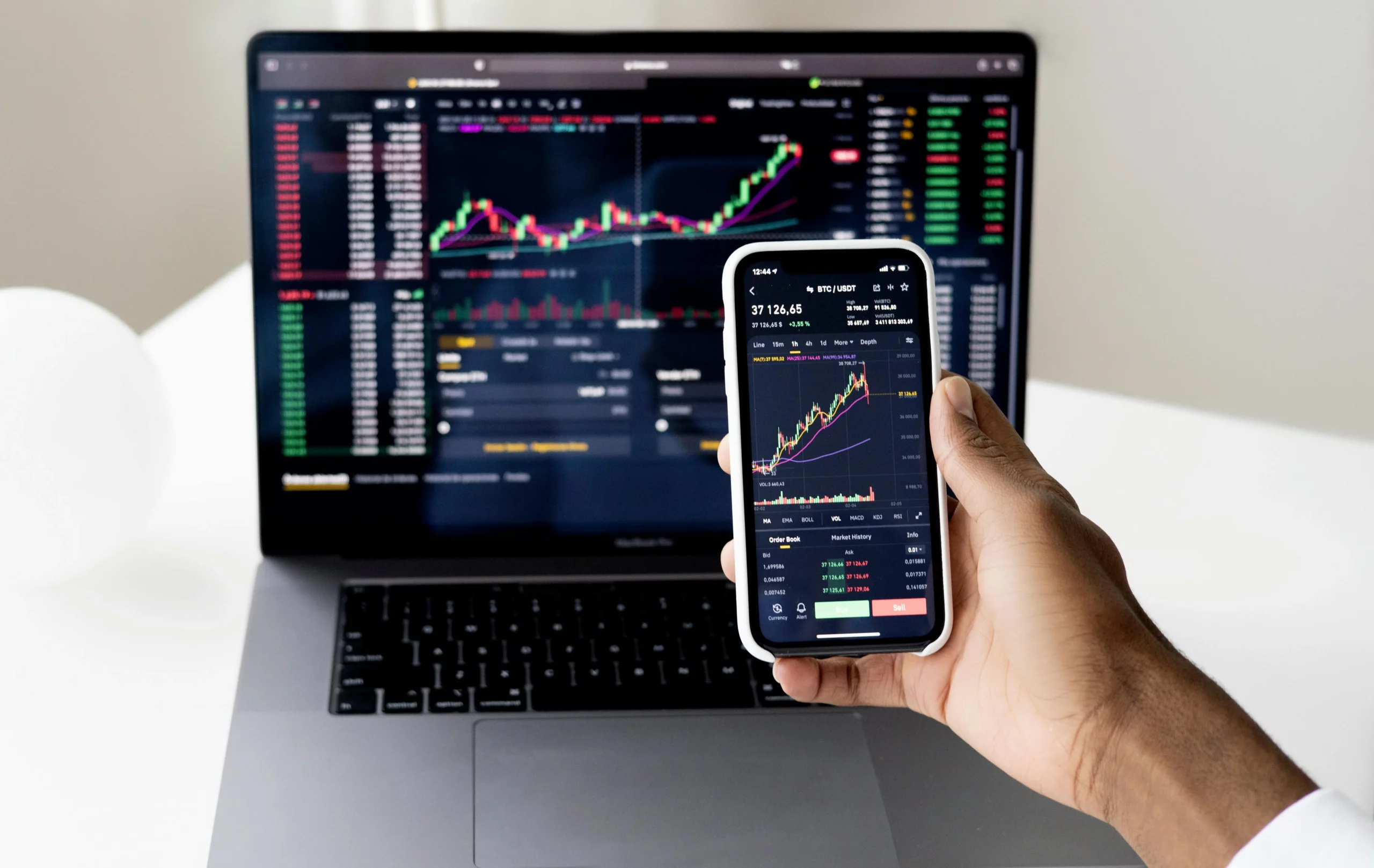Dynamic pricing (DP) is a great way of making sure you stay relevant and competitive with other eCommerce retailers. In an already crowded marketplace, the last thing you want is for your pricing to be what loses you shoppers. Dynamic pricing is the solution to this problem. Because of this, over 21% of eCommerce companies already use it. Let’s take a look at why it’s so useful.
What Is Dynamic Pricing?
Dynamic pricing is the counterpart of fixed price pricing. Fixed pricing is what you would usually encounter in most stores: prices are set, and once defined they do not change over a certain period of time. This is the method that you will find in most stores, especially brick and mortar stores.
Dynamic pricing, on the other hand, is not set. It’s more flexible. If you want to use DP, you can set a certain minimum and maximum price interval that the product can be. Within this range, the price can be variable.
The price that each customer sees will depend on certain factors. For example, eCommerce giants such as Amazon and eBay use dynamic pricing in order to outbid and undercut each other, securing the sale for themselves.
Dynamic pricing cannot be achieved manually, it has to be AI regulated. There are many different factors that must be considered when offering certain prices.
Benefits Of Dynamic Pricing
Dynamic pricing is not a new strategy. The airline industry has been using dynamic pricing for years, which is why flight prices are never the same for different people depending on when they look. However, other eCommerce areas have seen the benefits in this strategy. Let’s take a look at some of them here:
Keeps Prices Competitive
If you want to make sure that your eCommerce store continues to offer the most competitive prices possible, dynamic pricing is for you. The rise of eCommerce has also led to the rise of price and information transparency.
Shoppers are very well aware that they can find cheaper prices on other websites if these exist. This is not good for your business, especially if it’s only a marginally small price difference. DP removes this obstacle. You can ensure your prices are as cheap as they can be within your business strategy. This avoids losing any customers.

Accessible Data
DP can only be achieved through knowing your competitors pricing. Luckily, there is a wide range of data available on the internet these days. This gives shoppers an advantage, but it can also be used to the merchants advantage. Knowing other competitors’ prices can help inform your decisions.
Technology Advancements
The fruitfulness of DP depends on how well the technology works that facilitates the prices. Growth in machine learning and other AI programs means that DP works more efficiently than ever before. Algorithms and bots work to ensure that all factors are analyzed and reflected in the outputs. Price adjustments can easily be optimized, and this technology will lead the way.
It Puts You Ahead
The main reason to use DP is the fact that it puts you ahead. It gives you a competitive advantage and it shows that you are on trend. You can respond to fluctuations in products on demand, on new additions to the market, and to competitors actions. Whatever the fluctuations are, dynamic pricing means you will stay on top of your game.
A Consideration
In order to use DP, you need to have access to an AI program that can facilitate it. An automated price adjustment system is a financial investment to both begin using and maintain. There should also be members of your team who monitor this.
If this seems like more than your business can handle, maybe it’s not worth it. However, if you feel as though the benefits would outweigh this consideration, go right ahead.
Should I Use Dynamic Pricing?
If you have an eCommerce store that offers competitive marketplace products, dynamic pricing could be a great solution for you. Especially if the industry you operate within is competitive, this could be what sets you apart and gives you the edge. If this applies to you, then dynamic pricing would be a great idea.
Alternatively, If you are selling unique, tailored or bespoke products then perhaps dynamic pricing would not be worth investing in. If shoppers can’t go anywhere else to purchase your products, then you already have the edge in that respect.
